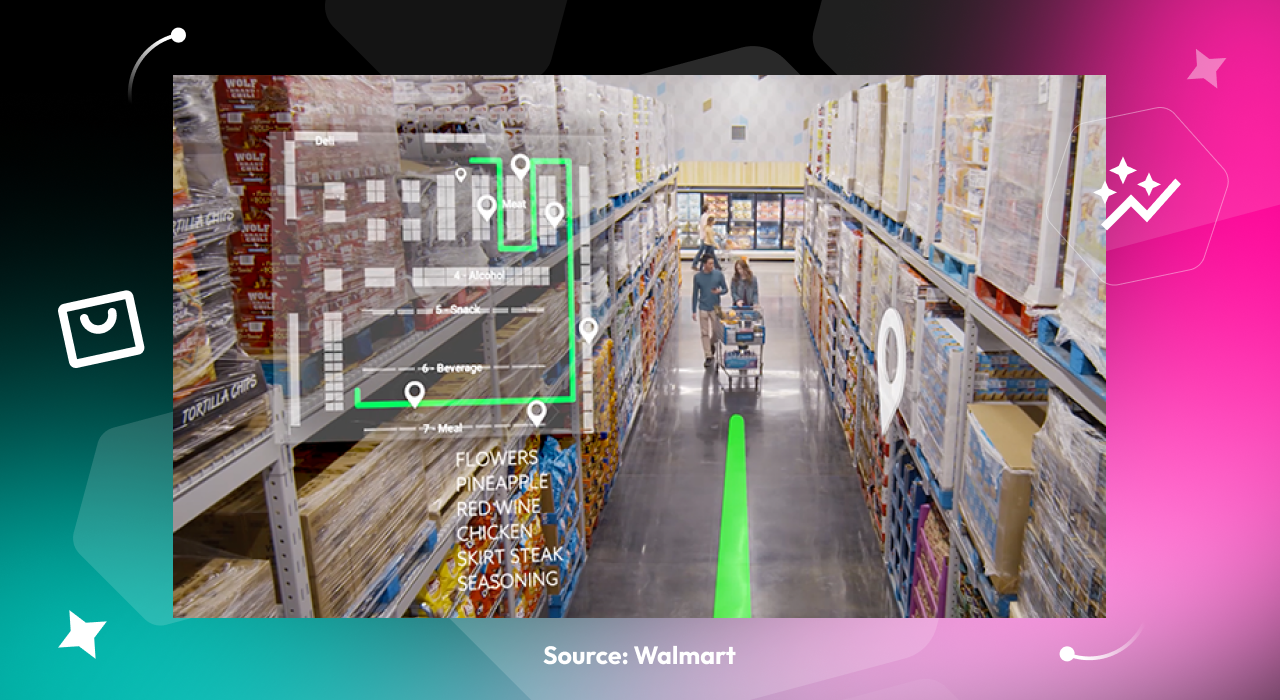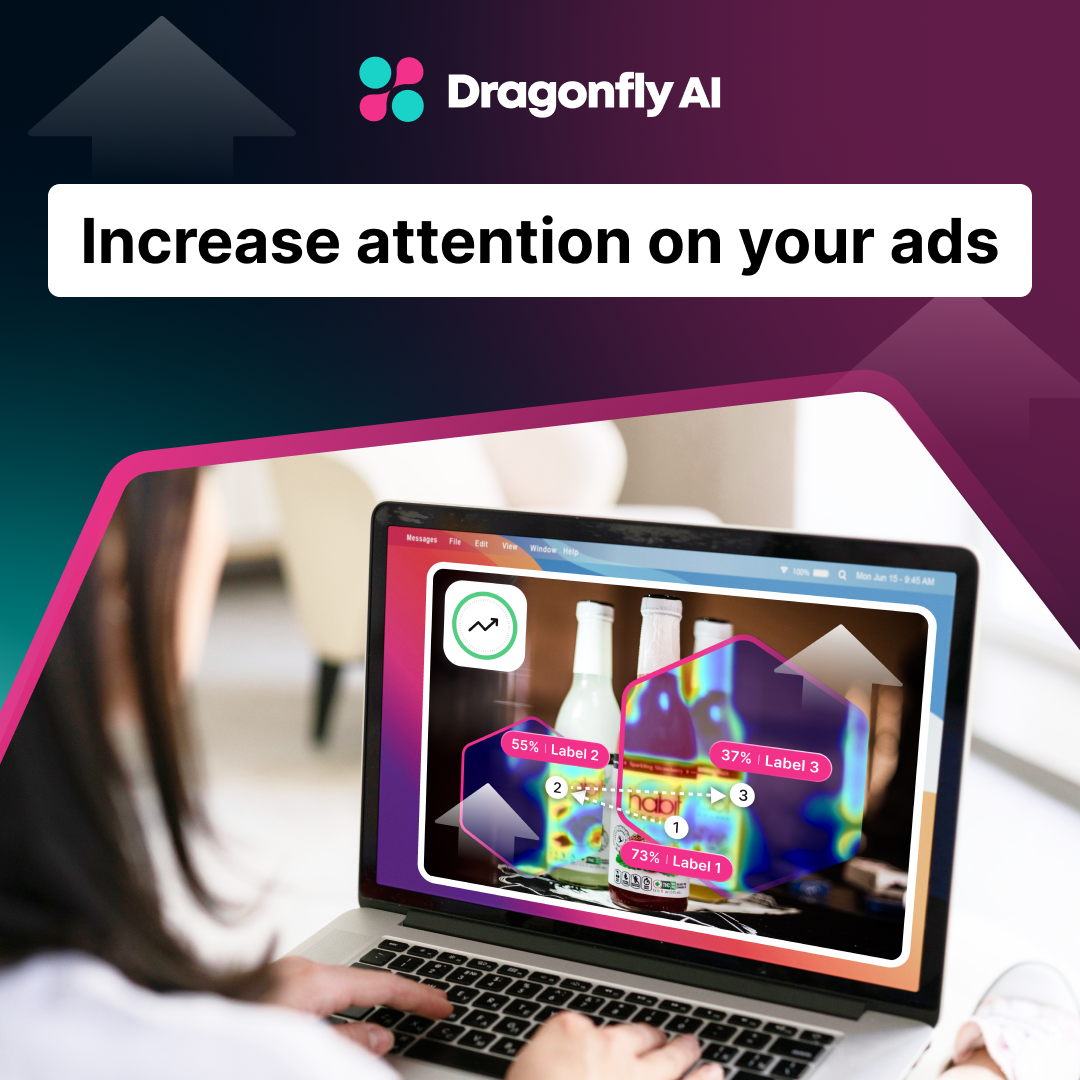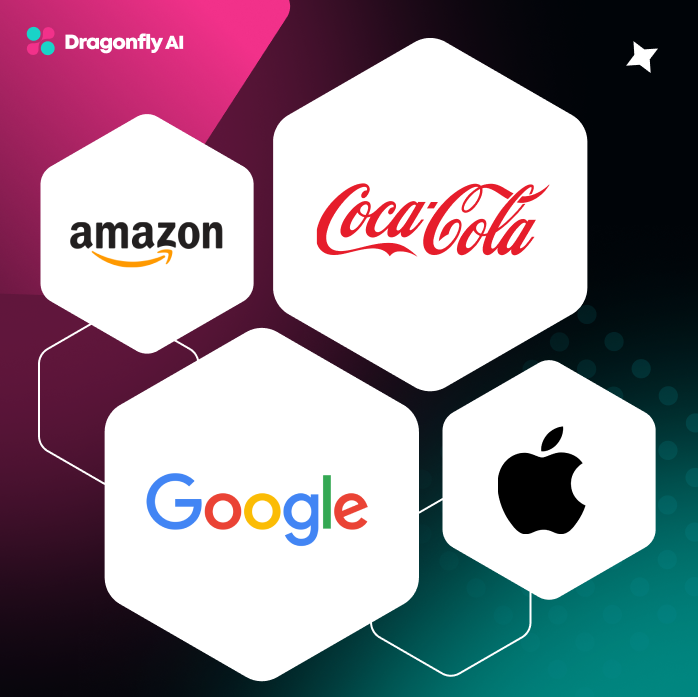Industrial sectors across the world have seen a transformative impact with the rise of AI. Consider how in 2023 alone, a diverse range of industries saw massive revenue growth driven by innovations in AI. According to reports, the high-tech sector saw the most impact with $240-460 billion additional revenue, with other industries such as retail, banking, manufacturing, CPG, and many more closely following suit.
Most of this impact has generally been tied to ‘Generative AI’, a specific AI technology that creates new content and data using existing data. But, what happens when industries need to make future predictions?
Contrary to popular belief, generative AI is not the ideal technique for forecasting because of limitations in analytical capabilities. For this, a new method of data analysis is required: predictive AI.
This AI-powered data analysis technique is built specifically to approach existing data in a way best suited for making future predictions. Predictive AI will prove to be revolutionary, especially for the industrial sector, because of the value the accuracy of the results can add. Let’s break down what this is and how it can transform industries worldwide.
The Essence of Predictive AI
We believe that the essence of predictive AI is the accuracy with which it can predict future events or behaviors by processing and analyzing data at a large scale. This means AI-powered algorithms can make highly accurate and informed predictions by identifying patterns, relationships, and trends within historical data.
Core capabilities
Some core capabilities of predictive AI include:
- Accuracy: Ability to make predictions that are more accurate than other comparative methods
- Large-scale data analysis: Ability to analyze complex data sets on an unprecedented large scale
- Fast response times: Ability to make these predictions through complex data analysis faster than other methods.
Data Types Required
Predictive AI can use both historical data (past records for training the algorithm) and real-time data (Live data streams for up-to-date predictions) to power predictive AI algorithms. The data types required in this regard include:
- Structured Data: Includes numbers and categories found in databases.
- Unstructured Data: Includes text, images, or sound (which requires more complex processing).
Transforming Industries with Predictive AI
A diverse range of industries require accurate forecasting to make informed decisions. Predictive AI provides accurate prediction capabilities at an unprecedented scale which can transform many industries. The greatest benefactors of this technology include:
Healthcare: Early Diagnosis and Personalized Treatment Plans
Predictive AI is changing the way diseases are diagnosed and treated. By analyzing large datasets of patient histories, genetic information, and clinical studies, AI models can identify patterns that might otherwise go unnoticed.
This helps with the early detection of life-threatening conditions, including:
- Cancer
- Diabetes
- Heart disease
AI-driven tools can also tailor treatment plans to individual patients based on their unique genetic profiles and diseases, improving outcomes and reducing potential side effects. These personalized treatment plans are informed by predictive models that simulate how different interventions might work. They help doctors choose the most effective approach.
.png?width=1280&height=700&name=Blog%20image%2013%20(1).png)
Finance: Fraud Detection and Personalized Financial Advice
Predictive AI can today play a crucial role in security and customer service. AI algorithms can detect fraudulent transactions by recognizing patterns and behaviors that deviate from typical user behaviors. Although this feature already exists, it can help reduce system errors by more accurately helping detect fraudulent activity where actual issues exist.
Beyond security, AI offers personalized financial advice. It analyzes individual spending habits, income, financial goals, and risk tolerance to provide customized savings, investments, and budgeting recommendations. This enhances customer engagement and helps individuals manage their finances more effectively.
Retail: Personalized Recommendations and Inventory Management
Predictive AI improves customer experience in retail through personalized recommendations. By analyzing past purchases, browsing history, and consumer preferences, AI algorithms can suggest products customers are more likely to buy. This can significantly improve sales and customer satisfaction.
On the operational side, AI can help with inventory management by predicting future product demand, helping retailers optimize stock levels, and reducing overstock or stockouts. This ensures that popular products are always available, improving the overall shopping experience for customers.
.png?width=1280&height=700&name=Blog%20image%2015%20(1).png)
Manufacturing: Equipment Failure Prediction and Production Optimization
Predictive AI helps prevent downtime and optimize production processes. AI systems analyze data from machinery to predict potential failures before they occur, allowing for preventive maintenance that minimizes unplanned downtime. Moreover, AI can optimize manufacturing processes by predicting the outcomes of different production scenarios. This can enable manufacturers to increase efficiency, reduce waste, and improve product quality. This saves costs and boosts productivity across the manufacturing lifecycle.
Transportation and Logistics: Route Optimization and Delivery Efficiencies
Predictive AI can dramatically improve operational efficiency through route optimization and delivery management. AI algorithms can analyze traffic data, weather conditions, and delivery schedules to determine the fastest and most cost-effective routes for vehicles at any given time.
This helps reduce delivery times and fuel consumption, directly impacting the bottom line. AI can also predict future demand for logistics services, helping companies scale operations accordingly and efficiently manage their fleet.
Consumer Packaged Goods (CPG): Creative Quality and Advertising Effectiveness
Predictive AI can enhance creative quality and the effectiveness of advertising campaigns. AI tools can analyze consumer behavior, market trends, and engagement data to determine what kind of content is likely to resonate with specific demographics. This leads to more targeted and effective advertising campaigns.
Predictive AI can also help forecast market responses to new products and ad campaigns. This enables companies to adjust their strategies in real-time to maximize impact and ROI.
Case Studies: Success Stories of Predictive AI
Many companies have already started leveraging predictive AI capabilities to solve major problems. Some powerful success stories that standout include:
Walmart: Transforming Inventory Systems
Walmart has successfully integrated predictive AI capabilities in many areas, including inventory management. The company leverages the vast amount of customer data is has stored over the decades with AI to maintain a well-stocked inventory. This helps the company cater to regional preferences and ultimately optimize customer shopping experiences for the better. This includes:
- Adaptive AI Models: Walmart’s AI/ML models adapt to various factors, including weather, economic trends, and local demographics, to improve supply chain efficiency and inventory flow. The system leverages data from 4,700 stores, fulfillment centers, distribution centers, and suppliers. Every interaction and step of the way is measured, captured, and used further to train the AI models and machine learning engines.
- AI-driven Inventory Management: Walmart’s AI and ML systems optimize inventory by predicting customer demand using historical data and predictive analytics. This ensures customers find what they need at low costs.
- Omni-Channel Insights: AI analyzes in-store and online data to provide valuable insights about inventory management across all channels.

Netflix: Predicting consumer preferences
Netflix is perhaps the most recognizable example of a company using predictive AI to cater to hundreds of millions of consumers. Netflix leverages AI to improve product performance, marketing, content production, and so on. However, providing personalized content recommendations is the top area in which they benefit from predictive analytics.
The platform studies historical data about each customer to understand what type of content they prefer. Based on this information, new content is constantly recommended to help users connect the kind of content they’d prefer to watch. It’s something almost every person today is familiar with and a great example of predictive AI being used today.
Benefits of Predictive AI in a Nutshell
To sum up, the major benefits of predictive AI are:
- Improved Accuracy in Forecasting: Predictive AI uses historical data and machine learning algorithms to forecast future events with higher accuracy. This capability is valuable in industries such as finance, supply chain management, weather prediction, etc., where precise forecasts can reduce risk and improve favorable outcomes.
- Enhanced Efficiency: Predictive AI can help optimize operations, leading to better and more efficient use of resources. For example, in manufacturing, predictive maintenance can predict equipment failures before they occur, which in turn, can help minimize downtime and maintenance costs.
- Personalized Customer Experiences: Predictive AI enables businesses to personalize their products/services according to customer preferences and behaviors. This can play a significant role in marketing, where AI analyzes customer data to predict purchasing behaviors and make recommendations accordingly.
- Risk Management: Businesses can manage risks more effectively through predictive AI. For example, in the finance sector, predictive AI models can identify potentially fraudulent transactions in real time and help prevent fraud.
Leveraging Predictive AI in Your Business
Predictive AI can be leveraged across numerous industries for forecasting purposes. Companies will need to study what value can be added by integrating the technology into their operations. Some tips that can help you identify potential predictive AI applications for your sector include:
- Identify inefficiencies: Start by identifying inefficiencies within current operational processes. If there’s a way forecasting can help minimize the inefficiency, that’s a good place to start.
- Pilot projects: Small pilot projects can be a great way to understand if predictive AI adds value to your business. It can even help find new areas where applications might exist that you might not have initially considered.
- Train your team: It might not be enough for any one person or group to look for predictive AI integration opportunities. Train your entire workforce so they provide unique insight about possible problems based on their specific role in the company.
- Study the competition: Competitive analysis can be a great way to understand how your competition uses predictive AI to improve their business. This can help set benchmarks and standards for how you should be approaching predictive AI integration.
Conclusion
AI’s rise and adoption has been quick but potent. While generative AI has opened the doors for many breakthroughs up till now, the next wave of AI will be fueled by predictive AI capabilities. Many companies have already started leveraging the potential of this powerful new technology, while others will quickly follow suit.
To stay informed about the potential of what’s to come, it’s important to stay in the loop. This will help you understand the technology and see potential value-additions in your own industry. We recommend signing up for our newsletter here to stay in the loop about what’s next. You can also check out our supersmart, AI-powered creative intelligence platform, Dragonfly, which uses predictive AI to help companies make data-driven creative decisions.


.png?width=1280&height=700&name=Blog%20image%2013%20(1).png)
.png?width=1280&height=700&name=Blog%20image%2015%20(1).png)

